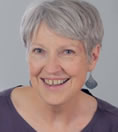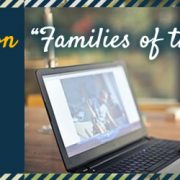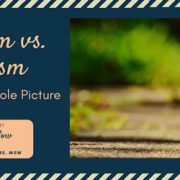BTN Spotlight: Georgi Marquisee with “Families of the World”
 Georgi Marquisee has a long and respected background with her husband, Mark, in the field of documentary films. For over 30 years, she has served as President of Arden Media, with clients like PBS, Sesame Street, Montessori Society and the EPA, and has won hundreds of awards. I originally met Georgi and Mark on a trip to China when they were doing a People-to-People project. Their creativity and passion for the culture, its people, and the travel experience was evident in their completed documentary.
Georgi Marquisee has a long and respected background with her husband, Mark, in the field of documentary films. For over 30 years, she has served as President of Arden Media, with clients like PBS, Sesame Street, Montessori Society and the EPA, and has won hundreds of awards. I originally met Georgi and Mark on a trip to China when they were doing a People-to-People project. Their creativity and passion for the culture, its people, and the travel experience was evident in their completed documentary.
In the 1990’s, combining their interest in education, travel and culture, Georgi and Mark began to develop “Families of the World,” a series for children, documenting family life around the globe. Their goal was to help children to experience family life in other parts of the world through film. According to Georgi, “Many children rarely see their world beyond their own city. Even travel doesn’t take them behind closed doors. Our project takes them inside so that it is almost like being there!”
While retaining their ‘day in a life’ structure, Georgi and Mark felt it was important to add an environmental element. “Kids need to know people are working on the effects of global warming and other environmental concerns,” she commented. Each film focuses on a different culture as seen in foods, homes, schools, communities, and fun-filled activities of two families in each country, through a typical day. Children have the opportunity to see what people all over the world are doing to protect the earth. Films include families of India, Mexico, Ghana, Korea, Costa Rica and Colorado. Each scenario is narrated by children – with whom the younger audience can relate.
Thank you, Georgi, for educating our children on the world, its different cultures and ways of life, and the importance of our earth’s environmental concerns. Available on DVD and streaming. To learn more about current and new programs, go their website.


